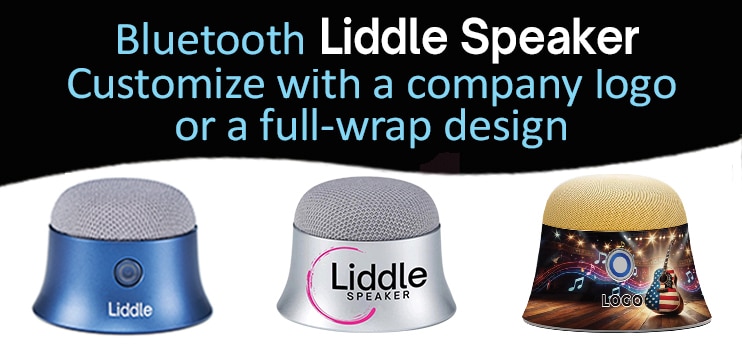Demand for products made in the USA is strong. Whether it’s patriotism or a perception of quality, consumers often assign American-made goods a higher value than their imported counterparts.
In addition to supporting American jobs and manufacturing, buying domestically produced goods often means shorter lead times and smaller carbon footprints, because they don’t have to be shipped from overseas. It’s also a strategy that can help you avoid tariffs, potential supply chain breakdowns or international shipping delays.
While there’s no rule that most products made in the USA must be labeled as such (with a few exceptions), manufacturers can choose to tout their American-made bona fides, and there are rules governing these voluntary labels.
The key to compliant labeling is understanding the difference between unqualified claims versus qualified claims. An unqualified “Made in the USA” claim includes no conditions or caveats and indicates that a product is totally USA-made, including its components. A qualified claim includes limitations or other explanations, like “Made in the USA with global ingredients” or “Assembled in USA with parts from China.”
Understanding these rules is critical for manufacturers and suppliers, and this information can also help distributors and buyers better navigate their options.
RELATED: A Labor Day Salute To USA-Made Promo Apparel
Breaking Down The ‘Made In USA’ Labeling Rule
In August 2021, the Federal Trade Commission finalized the Made in USA Labeling Rule, which prohibits the use of “Made in the USA” or “Made in America” claims when a product fails to meet the legal made-in-the-USA standard, which mandates that the product is:
- “All or virtually all” made in the United States.
- Made using American-made components and ingredients.
Companies can be subject to stiff penalties if they use an unqualified “Made in the USA” claim for a product that is not “all or virtually all” made in the United States. The rule applies to product labels, as well as any marketing materials.
Marketers must understand the difference between express and implied “Made in the USA” claims, particularly for products that don’t meet the requirements for an unqualified “Made in the USA” claim.
- Express claims are straightforward, like “Made in USA” or “American made.”
- Implied claims are trickier. The FTC assesses the context and overall impression conveyed to consumers. For example, a U.S. flag used with other phrases or images on a product page or package could be considered a claim of U.S. origin, even if there is no explicit representation that the product is made in the USA.
How To Determine Whether A ‘Made in USA’ Label Is Accurate
While a manufacturer doesn’t need to seek approval from the FTC before making a “Made in the USA” claim, it helps to know what criteria the commission uses to determine whether a product is “all or virtually all” made in the U.S.
Three important questions to ask when choosing how to label a product:
- Did the product’s final assembly or processing take place in the U.S.?
- How much of the product’s total manufacturing costs can be assigned to U.S. parts and processing?
- How far removed is any foreign content from the finished product (i.e. raw materials versus ready-to-use component parts)?
- Were any foreign costs necessary for the essential form or function of the product?
For example, an American company may produce watches at a plant in the U.S. using mostly U.S. parts and labor. But if the essential parts that enable the watch to keep time – its core function – are imported, the company can only make a qualified claim, such as “Made in USA with Swiss movement” – even if those parts account for a fraction of the overall cost of the product.
An “Assembled in the USA” label may offer a more accurate alternative for products where substantial principal assembly takes place in the U.S. using imported parts, and it still highlights the role of American workers in the process.
RELATED: Celebrate American Labor With These Promo Products Made In The USA
Guidance From The FTC
The FTC released a refreshed version of its Complying with the Made in USA Standard guidance this summer to help clarify the rules. Here are five key takeaways:
- Manufacturers should only make “Made in the USA” claims they know they can support with data.
- Parts purchased from U.S. suppliers weren’t necessarily made in the USA.
- Companies that falsely label their products may be liable for civil penalties, as well as consumer restitution.
- Ask the FTC for help via email at musa@ftc.gov.
- If a company isn’t playing by the rules, report it to the FTC at ReportFraud.ftc.gov.


